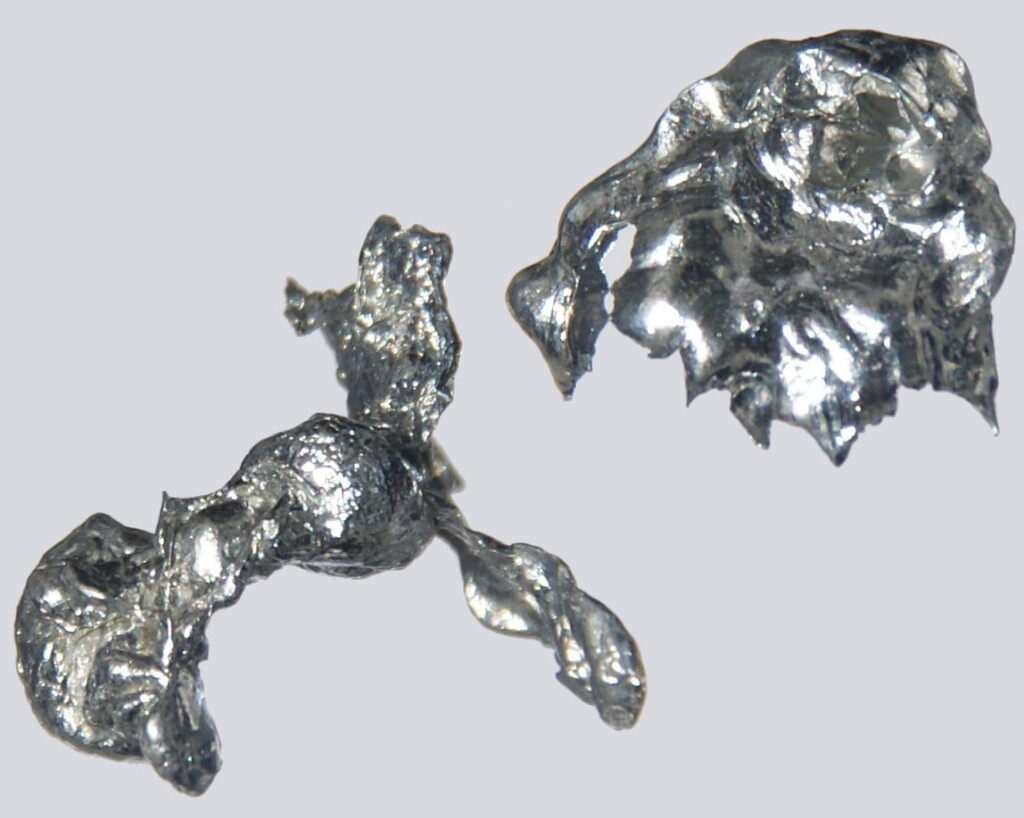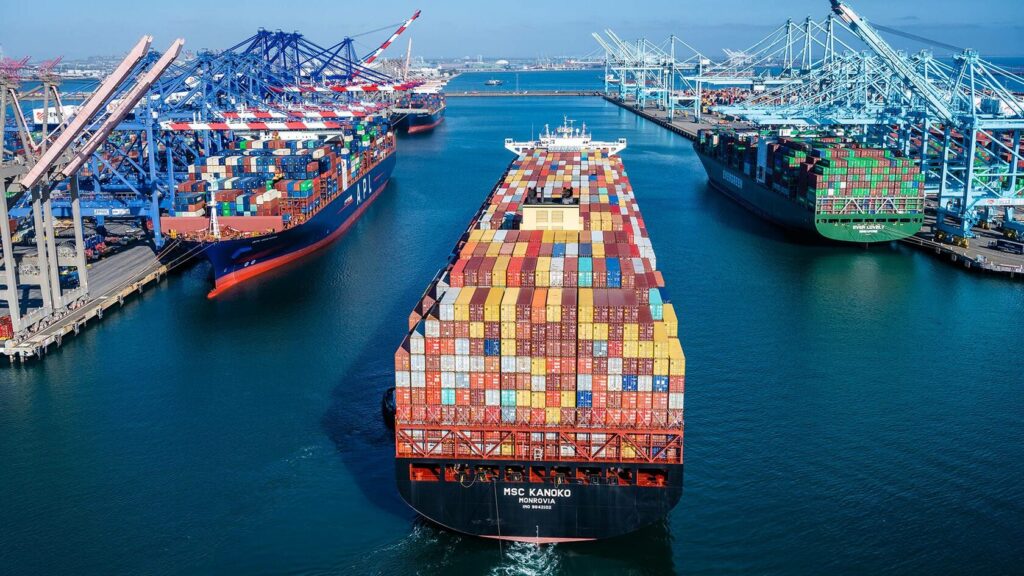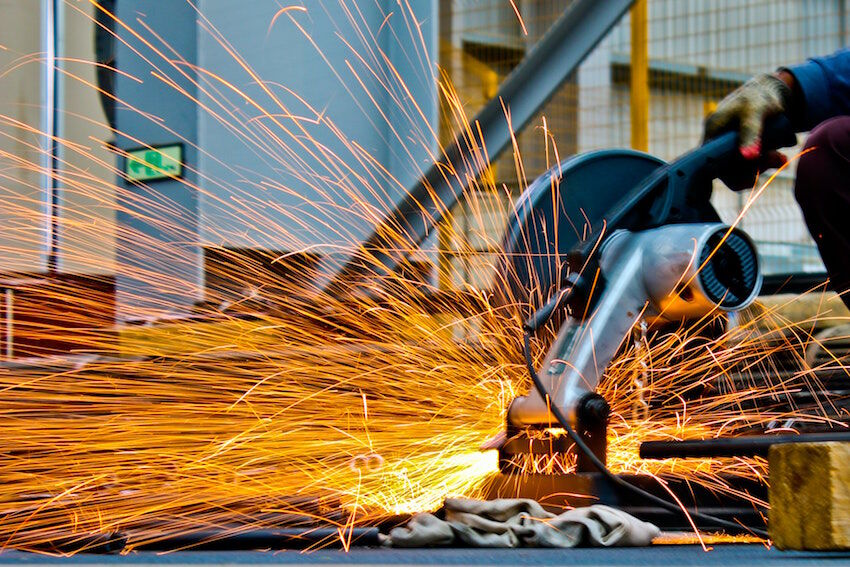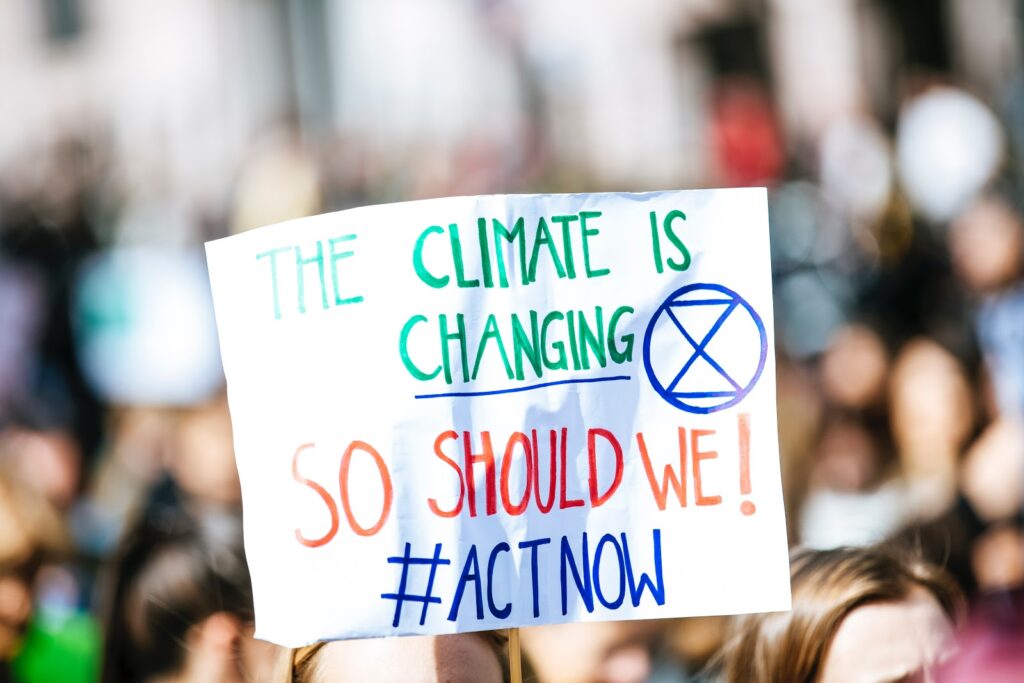With so many end-of-life solutions for plastics, it has grown harder for design engineers and the public to fully understand the differences between them. Even within one specific category, such as biodegradable plastics, there is a vast array of options, from compostable to hydrodegradable.
A study by McKinsey & Company found that only 16 per cent of plastic waste is recycled to make new plastics, whereas 40 per cent is sent to landfills, and 19 per cent is unmanaged dumps. This suggests the need for plastics that can biodegrade into benign components in landfills or natural environments. However, according to a European Bioplastics study in 2020, only about one per cent of plastics and plastic products on the market are considered bio-based. Therefore, the need for greater awareness around these bio-based plastics is essential for the environment to survive.
Biodegradable plastics are defined by their ability to break down in a specific setting, for example, water. However, there is no set time limit on when the product can break down, meaning the plastics that take years to degrade still get counted as biodegradable.
More importantly, many biodegradable plastics can leave behind a toxic residue when they degrade. This is because of the constituent parts of the biodegradable polymer itself, which do not necessarily come from biological feedstock. Oftentimes, the polymer can break down into smaller pieces of plastic, making it harder to remove the damaging product from the environment. This is why alternatives that will break down without harming the environment are essential to produce.
Compostable
Compostable plastics are one such answer to the problems with just simply labelling a plastic as biodegradable. Compostable plastics will break down at the same rate as cellulose into biomass, carbon dioxide and water. Not only that but they are not allowed to leave any toxic materials behind and must become identical to the compost.
One example of compostable materials is the carrier bags rolled out to all stores of UK supermarket chain Co-Op in 2021. Novamont, who helped create the compostable plastic used in this bag, found that this bag will fully break down with no toxic by-products in the sea over the course of four to twelve months.
Although compostable plastics have the benefits of breaking down and leaving no toxic residue, there are some complications. First is the environment in which the compostable plastics are left. Industrially compostable plastic products can only be broken down in an industrial composting plant, as carefully controlled environmental conditions must be maintained for the plastic to break down. They do not always fully compost in home composters or out in the environment, which is a problem if people do not dispose of them correctly.
The public not sorting compostable plastics correctly is a recurring problem. One German survey found that 58 percent of participants thought all bioplastics were compostable, which is not necessarily the case. People also often mistakenly put compostable plastics in recycling bins, which forces the recycling plants to sort through them.
These problems can be circumvented by using compostable plastics in applications where they do break down. For instance, they can be used in food caddy liners, as that becomes compost. Another example is using the plastic as agricultural mulch film, which would allow it to break down into the mulch without damaging the soil. That would overcome the challenge of traditional plastics, which are difficult for farmers to remove from the farmland. As it is mulch film, it will also be in the right conditions to compost rather than at the bottom of a landfill, where it does not get enough sunlight or oxygen to decompose.
Bioplastics
Bioplastic is a broad term that refers to any plastic that is made, fully or partially, from biological raw materials. It most commonly refers to polyhydroxyalkanoate (PHA) and polylactic acid (PLA). PHA is usually made from sugars grown from algae, whereas PLA is made from sugar found in crops, such as sugarcane. These plastics can be considered more ecologically friendly than plastics made from oil and gas.
However, the green credentials of these plastics can be questionable. Bioplastics do not have to be fully made from biological feedstocks, meaning that a product can be labelled as bioplastic while still having part of the product made from hydrocarbon-based polymers. A prime example of this is polyethylene terephthalate (PET), which can release harmful terephthalic acid into the environment as it degrades.
Bioplastics also do not necessarily fully decompose when thrown away. Much like compostable plastics, they need the right level of oxygen to be able to break down, meaning that if they were put in a landfill, they would not necessarily decompose. Rebecca Burgess, ex-CEO of City to Sea, warned that bioplastics often end up as single-use plastics that still litter the streets and the sea and ought to be treated the same as PET plastics. This is particularly true of the PlantBottle, as it is not entirely made of bioplastic and therefore can be less likely to break down when put in landfill.
Despite some downsides, bioplastics can still be beneficial. In certain industries, they are used to replace traditional plastics, such as in the hygiene and beauty industries. Naturbeads is a start-up creating a bioplastic alternative to the banned plastic microbeads found in beauty products such as exfoliants. These eco-friendly beads are made of cellulose and thus decompose, leaving no harmful traces in the environment.
Recycling
Recycling plastics is one of the most commonly thought-of ways to environmentally dispose of plastic. One of the most recycled plastics is PET, which is usually recycled into new PET plastic. Utilising a circular economy helps prevent more virgin plastics from being produced.
Mineral water company Evian released a plastic bottle made entirely from recycled plastic. This is due to its commitment to becoming a circular brand by 2025. Other companies, such as Ikea, have also suggested becoming a circular brand by 2030. This shows the grip that recycling has on being seen as environmentally secure.
However, some companies are still afraid of using recycled plastics in their products. The reason is that the polymers tend to weaken each time they are recycled, which leads some companies to fear that they are not robust enough for packaging or other applications.
Nevertheless, polymers can still be recycled three to four times before being taken out of the recycling pool. This shows that the strength of polymers is maintained relatively long enough before they are removed. However, the inability to infinitely recycle plastic means that there will always be some reliance on virgin plastic production. This is why research and development of biodegradable and bio-based polymers are essential.
This, however, does not mean that recycling is the only way forward. In fact, recycling should be considered a last resort rather than something to do indefinitely. “Reduce, reuse, recycle” means that we should be looking at reducing our plastic intake and reusing the plastic we have before opting for the end-of-life solution of recycling.
The solution
No one solution is able to “fix” the plastic problem perfectly. That is why all solutions should be used in conjunction with each other.
Besides recycling, biodegradable and compostable plastics offer an alternative solution. Understanding the materials used in compostable plastics is essential, as not every bioplastic is compostable or biodegradable. Materials database sites such as Matmatch can help product designers choose the right materials for the right application.
With advances constantly made in the plastic manufacturing industry, there are a plethora of different solutions to the single-use plastic problem the world is facing now. By researching different end-of-life solutions, material engineers and product designers can choose the plastic that best benefits their needs and the environment.





